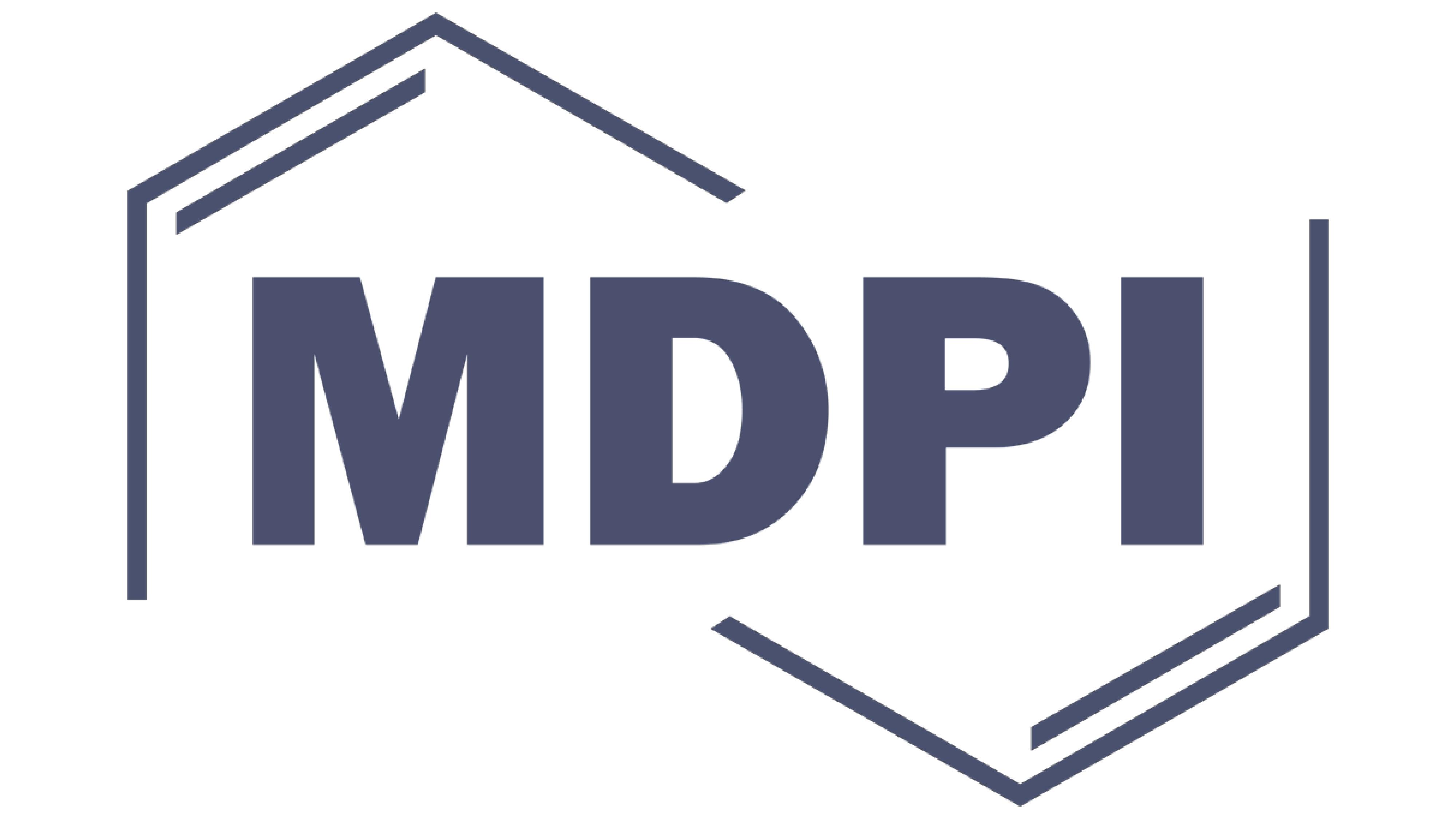
Virtual Feedback for Arm Motor Function Rehabilitation after Stroke: A Randomized Controlled Trial
9 Maggio 2022
A single-blind randomized controlled trial was conducted to … Virtual Feedback for Arm Motor Function Rehabilitation after Stroke: A Randomized Controlled Trial
A single-blind randomized controlled trial was conducted to compare whether the continuous visualization of a virtual teacher, during virtual reality rehabilitation, is more effective than the same treatment provided without a virtual teacher visualization, for the recovery of arm motor function after stroke. Teacher and no-teacher groups received the same amount of virtual reality therapy (i.e., 1 h/d, 5 dd/w, 4 ww) and an additional hour of conventional therapy.
In the teacher group, specific feedback (“virtual-teacher”) showing the correct kinematic to be emulated by the patient was always displayed online during exercises. In the no-teacher group patients performed the same exercises, without the virtual-teacher assistance. The primary outcome measure was Fugl-Meyer Upper Extremity after treatment. 124 patients were enrolled and randomized, 62 per group.
No differences were observed between the groups, but the same number of patients ( 2 = 0.29, p = 0.59) responded to experimental and control interventions in each group.
The results confirm that the manipulation of a single instant feedback does not provide clinical advantages over multimodal feedback for arm rehabilitation after stroke, but combining 40 h conventional therapy and virtual reality provides large effect of intervention (i.e., Cohen’s d 1.14 and 0.92 for the two groups, respectively).

